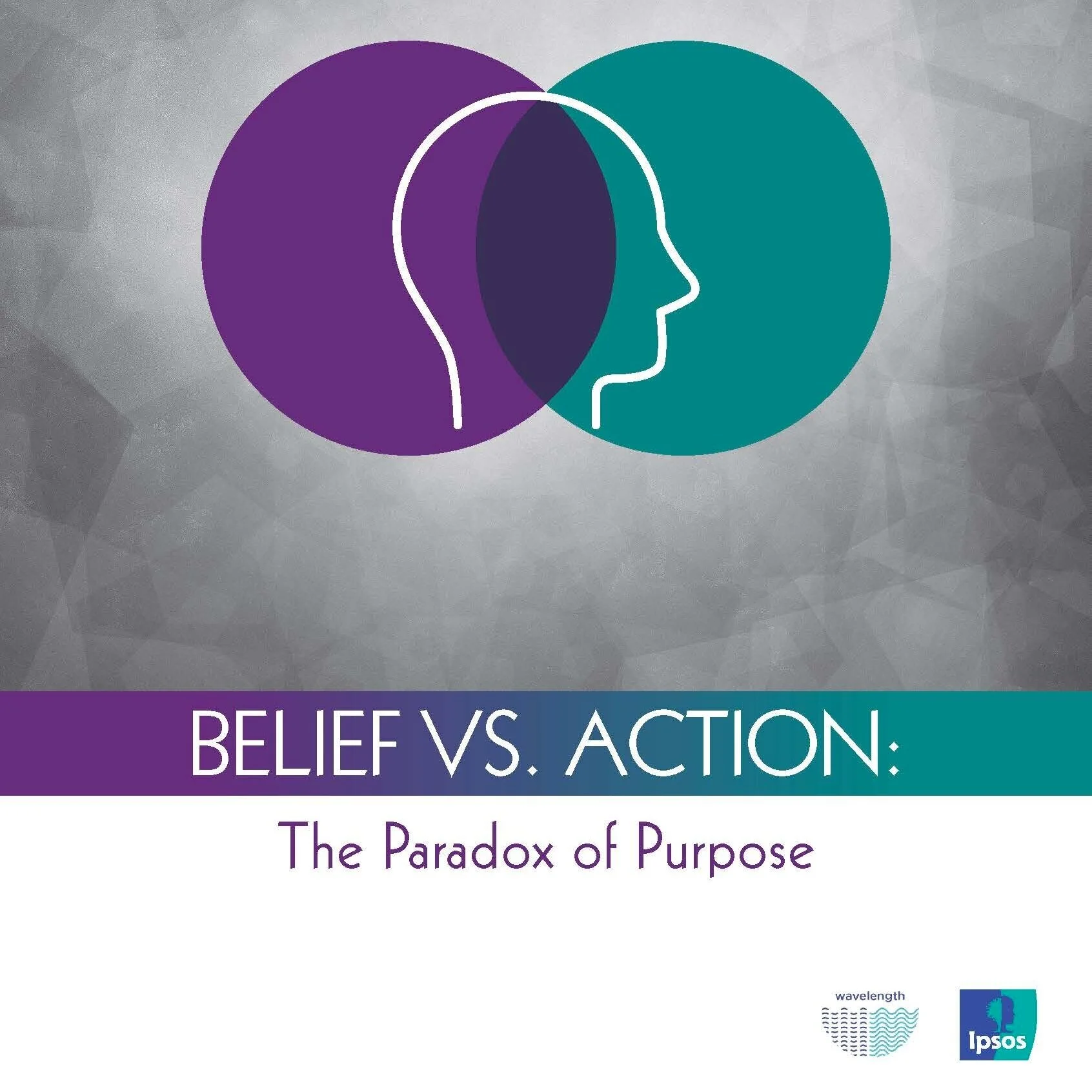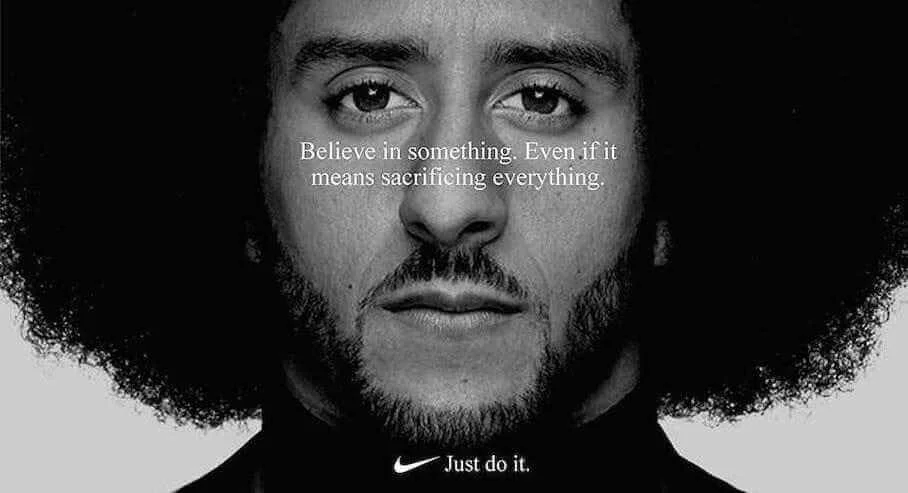REPORT | Belief vs. Action: The Paradox of Purpose
Our perspective on why companies should be careful what assumptions they make about consumer beliefs and purchase intent before going “all in” on Purpose.
It is a truth (increasingly) universally acknowledged that brands, companies and CEOs today must have purpose… This truth has given rise to several fundamental beliefs:
ALL MILLENNIALS expect companies to take a stand/have purpose
People expect companies to TAKE A STRONG POSITION ON ISSUES THEY BELIEVE IN
People are increasingly more likely to PURCHASE PRODUCTS IF THERE IS A SOCIAL PURPOSE
People are more likely to TAKE ACTION IF COMPANIES DON’T TAKE A STAND/HAVE PURPOSE
However, it’s not quite that simple. Blanket assumptions about what “everyone” wants today is how companies make missteps such as Pepsi’s ill-fated Kendall Jenner ad. Today’s society is more polarized than ever and with the advent of an always-on information environment, the actions of companies are under more scrutiny than ever by the average consumer. However, even though expectations of companies are changing, what the average consumer is willing to act upon still lags behind. Understanding the difference between what consumers say and what they are willing to do is how companies successfully navigate both marketing and business challenges in today’s purpose-driven business environment.
So what is universally true when it comes to social purpose? As in politics, social purpose starts local.
Most consumers care first and foremost about what affects them most directly and this is true no matter their age, gender, politics, region, ethnicity, education, or marital status. They expect companies to be socially responsible and involved in the communities where they operate. What’s in it for me is still well and alive and creating connection is perhaps even more important when most interactions occur digitally.
Where consumer opinions diverge is when it comes to taking a clear stand on a political or social issue. More than half of consumers believe that business is still the primary role of any company (55%). Consumers are less decisive about whether companies should take a stand (30%) and how that would affect their views on the company (35%). These differences become more pronounced by political affiliation and age. Intentions don’t always match actions and we know that people are never as good as they intend to be.
When trying to gauge the business impact of a social purpose initiative, purchase intent is often overstated. Consumers overestimate their likelihood to take a purpose-related action versus what they did in the past 12 months (-11-22pt gaps). Businesses should take caution when basing business decisions on purchase intent.
In addition to making an actual purchase, our Social Purpose Effort Index measures a range of types of actions an average consumer can take to support or attack a company’s social purpose initiative. This index can range from the lowest, such as purchasing a cause marketing product, to the highest effort of buying and selling stock based on a company’s stance. Based on this index, nearly two-thirds of consumers are unlikely to take any action at all.
Using our Social Purpose Effort Index, we identified six distinct types of consumers: Realists, Idealists, Unconcerned, Status Quo and Survivors. When it comes to social purpose, there are companies should pay attention to these six distinct types of consumers because where their beliefs meet their actions matters much more than simply their age.
So What Can Companies Do? Where Belief Meets Purpose
Blanket statements and large assumptions can land companies intending to do well in a lot of hot water. Companies wishing to stay relevant to consumers in today’s media fishbowl and shifting consumer sentiment must pay attention to alignment between theirs and their customers beliefs and actions. Getting involved in social purpose should involve careful consideration and strategy before taking your company on this bumpy ride. Consider the following:
DO THE RIGHT THING: No matter what, companies should consider their values first. Nothing should stop a company from doing the right thing and what aligns to their company values. However, to minimize risk to their business, know what or who they stand to lose and make sure they are looking for appropriate offsets.
TABLE STAKES: When considering whether to engage in socially responsible activities, people share a set of basic expectations: all companies should make socially responsible products and give back to their communities and society in some way. Regardless of whether a company is willing to take a stand, being socially responsible at the most basic level is expected of all companies.
KNOW YOUR CUSTOMER: Companies must know their customer base when looking at taking a stand or social purpose activities. When deciding to take a stand or align with social causes some questions they should ask: Is there a part of their base they’re willing to lose? Is there a new segment that they’re hoping to win? Is it intrinsic to corporate values regardless of who they win or lose?
DECISIONS, DECISIONS: Even when taking a stance, only certain people are likely to put their money where their mouth is. Splashy headlines and social media often cause internal panic, but few people are motivated enough to change their purchase behavior and actively advocate for boycotts. Companies should determine whether the risk lies within the echo chambers of their hallways and their most vocal detractors or a confirmed majority of customers. Then, create different strategies to target and engage those who are most likely to act upon their beliefs and influence others to do so if they are likely to impact the business.
THE LONG HAUL: Be ready to weather the storm and willing to play the long game. Results may take time to appear. Make sure that you have shared your decisions with your key stakeholders (board, employees, etc.) and prepared them so that they are ready to back you and weather the storm with you.
Want to See All the Data and Learn More?
Download the Full Paradox of Purpose Report



